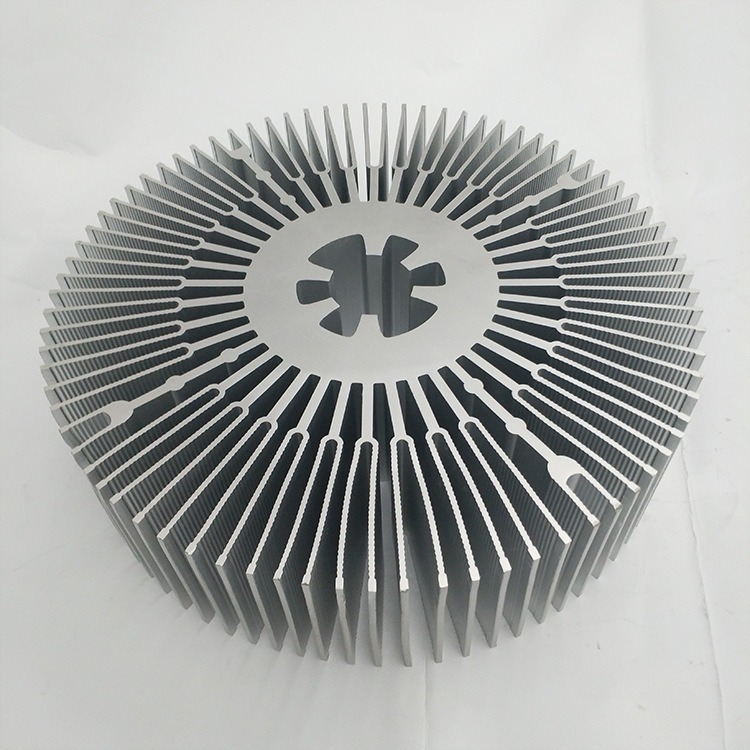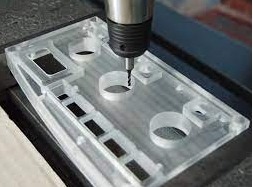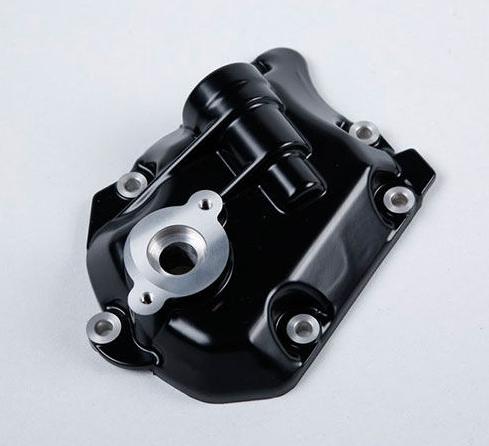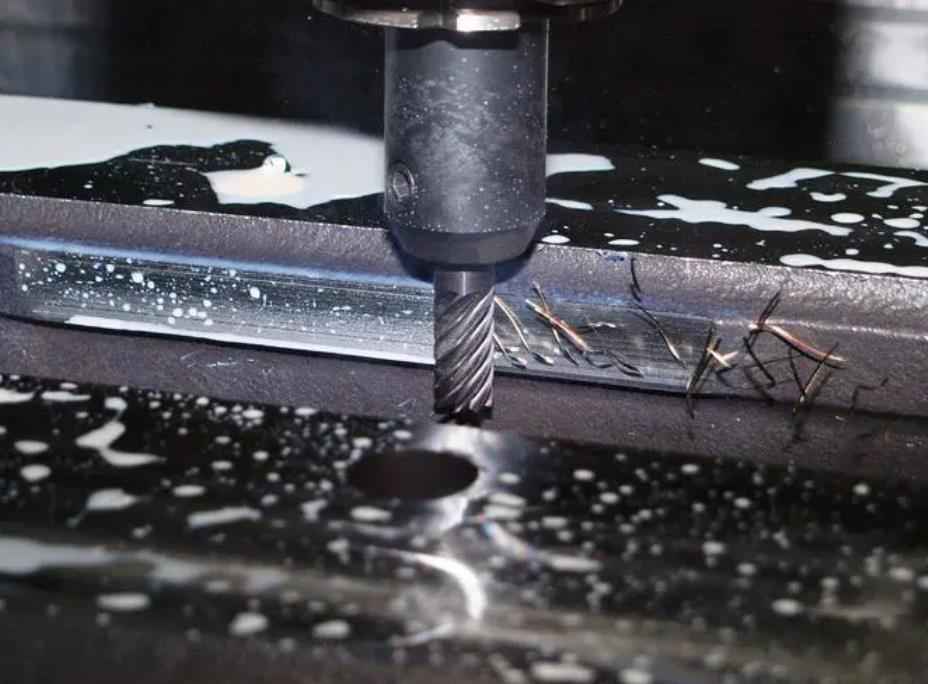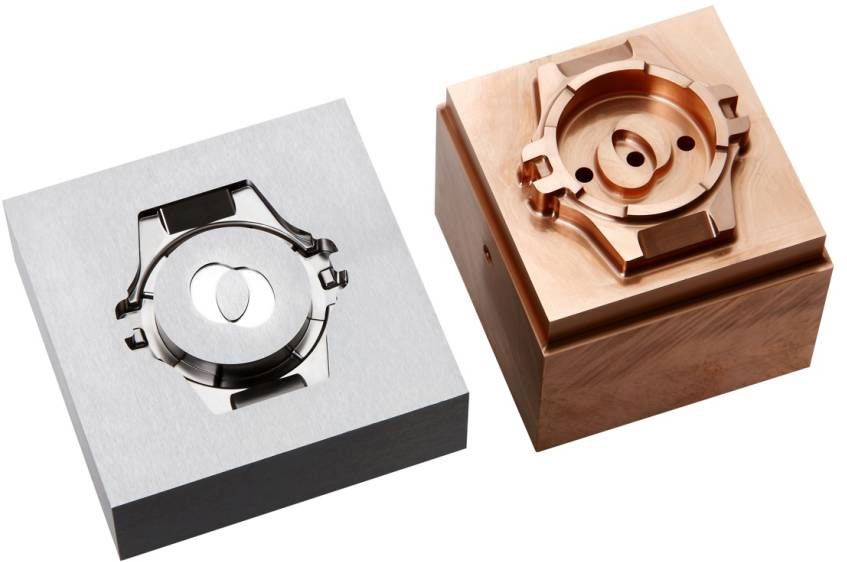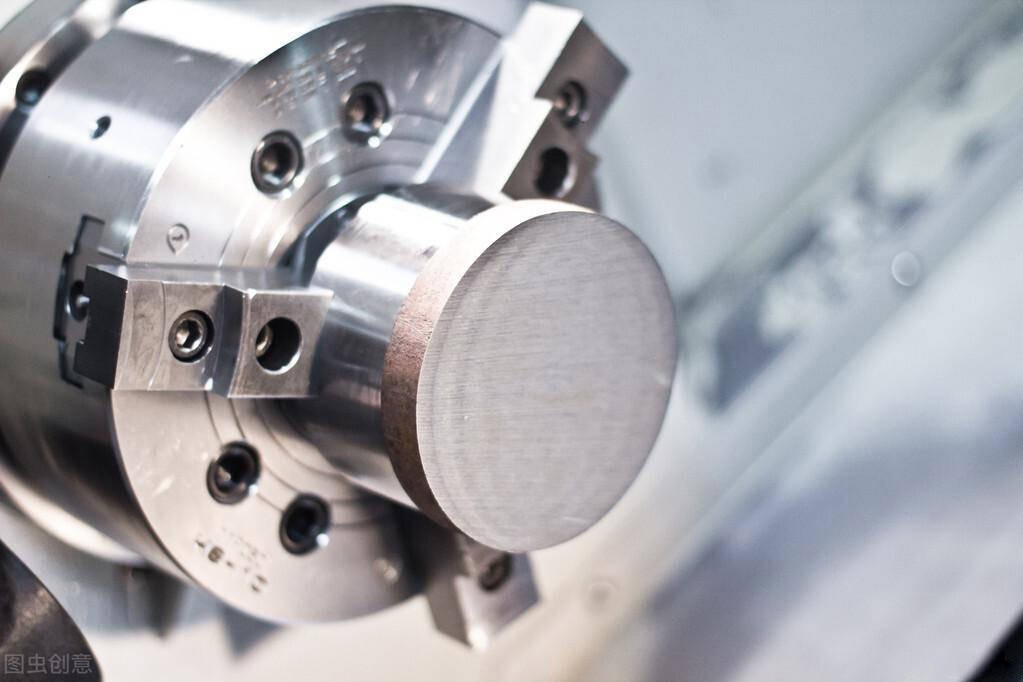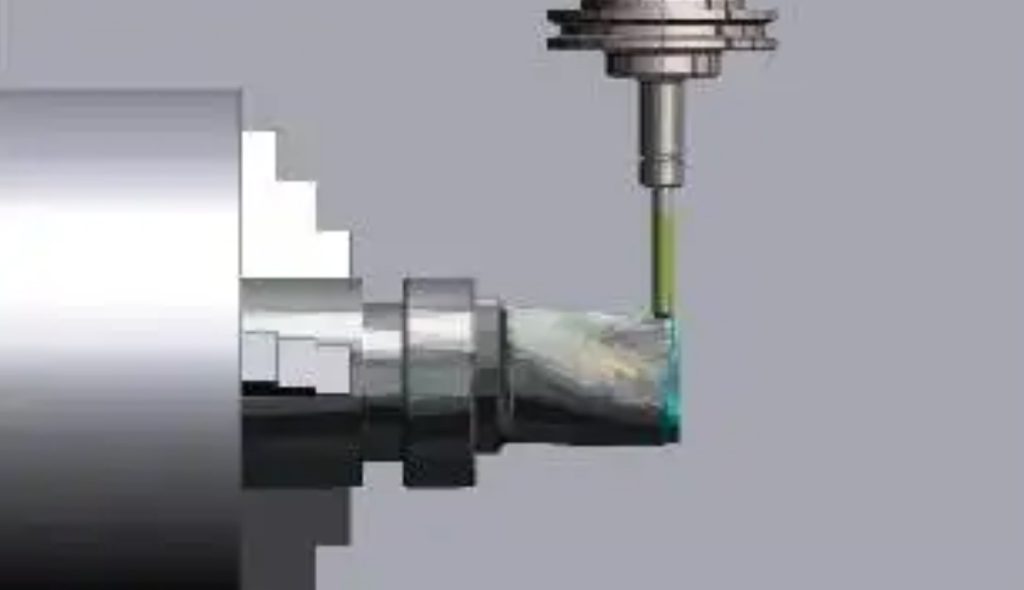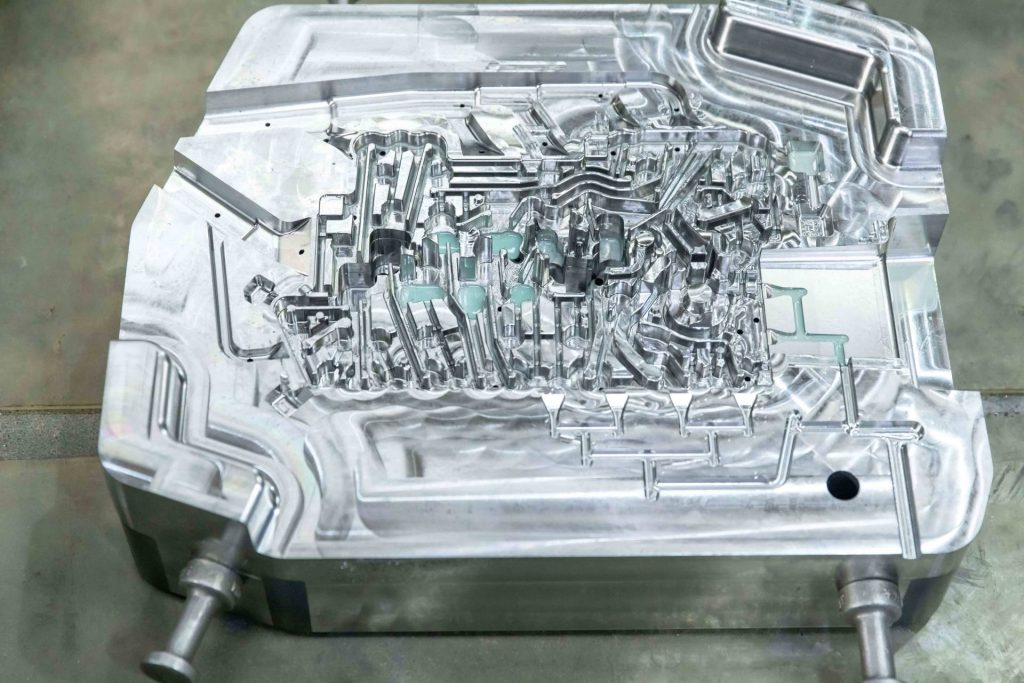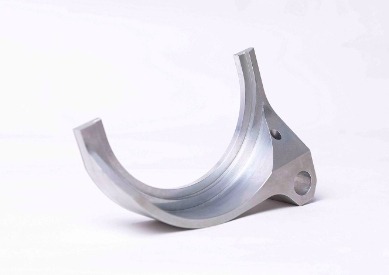Manufacturing cost savings are achieved in a number of ways by CNC milling. By carefully cutting parts from stock material and leaving as little scrap as possible, it lowers material waste. Automating the machining process lowers labor costs and enhances product quality, which increases production efficiency. By eliminating human error and enhancing machine accuracy, CNC milling can also lower scrap rates. Last but not least, CNC milling can shorten lead times by automating the production process and minimizing the need for human labor.
How Does CNC Milling Reduce Material Waste?
Utilizing computer-controlled cutting instruments to remove material from a workpiece in order to create the desired part is known as CNC milling, a subtractive manufacturing technique. Cutting down on material waste is one advantage of CNC milling. This is a result of the high precision and minimal excess material that CNC milling machines can produce when cutting parts. A further way to cut down on material waste is by programming CNC milling machines to nest parts together. Here are some of the ways that CNC milling can reduce material waste:
- Precise cutting: CNC milling machines can cut parts with very little excess material because of their extreme precision. This is so that the cutting tool cuts precisely where it is supposed to because computer-generated code controls the machines.
- Nesting: The process of nesting involves positioning parts on a workpiece to ensure maximum adherence. By reducing the quantity of scrap material produced, this can aid in the reduction of material waste.
- Efficient toolpaths: The cutting tool’s path as it cuts the part is known as the toolpath. Material waste can be decreased by using CNC milling machines with toolpaths that are optimized for efficiency. The machine can be configured, for instance, so that it doesn’t cut through parts of the workpiece that don’t need to be removed.
- Reuse of scrap: Reusing scrap material from CNC milling is possible in certain situations. It can, for instance, be recycled into new stock material by melting it down.
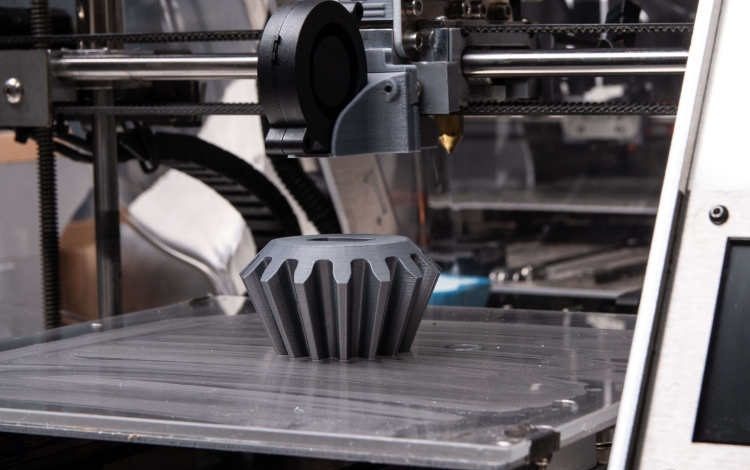
How Does CNC Milling Improve Production Efficiency?
A major factor in increasing production efficiency in manufacturing processes is CNC milling. It provides a number of advantages that maximize resource usage and expedite production. Here’s a detailed explanation of how CNC milling improves production efficiency:
- Automation and Precision: The automated nature of CNC milling machines reduces human error and eliminates the need for manual operation. Higher product quality and lower scrap rates result from this automation, which guarantees consistent, accurate part cutting and shaping.
- Reduced Cycle Times: CNC milling machines can operate continuously with minimal downtime, significantly reducing cycle times compared to manual machining methods. Manufacturers can produce more parts in less time thanks to this faster production speed, which boosts productivity all around.
- Optimized Toolpath Planning: The utilization of CNC milling software facilitates the generation of optimal toolpaths, guaranteeing that the cutting tool proceeds along the most effective path for material removal. This optimization further improves production efficiency by minimizing pointless tool movements and cutting times.
- Consistent Output Quality: Parts with uniform dimensions and consistent quality are produced by CNC milling machines because they maintain consistent cutting parameters and tool movements. Because of this consistency, fewer reworks are required, and high standards are met by the products.
- Predictable Production Schedules: CNC milling machines have the ability to be programmed for precise production schedules, guaranteeing prompt production of parts. Because of this predictability, manufacturers are able to more efficiently plan their operations and handle their supply chain.
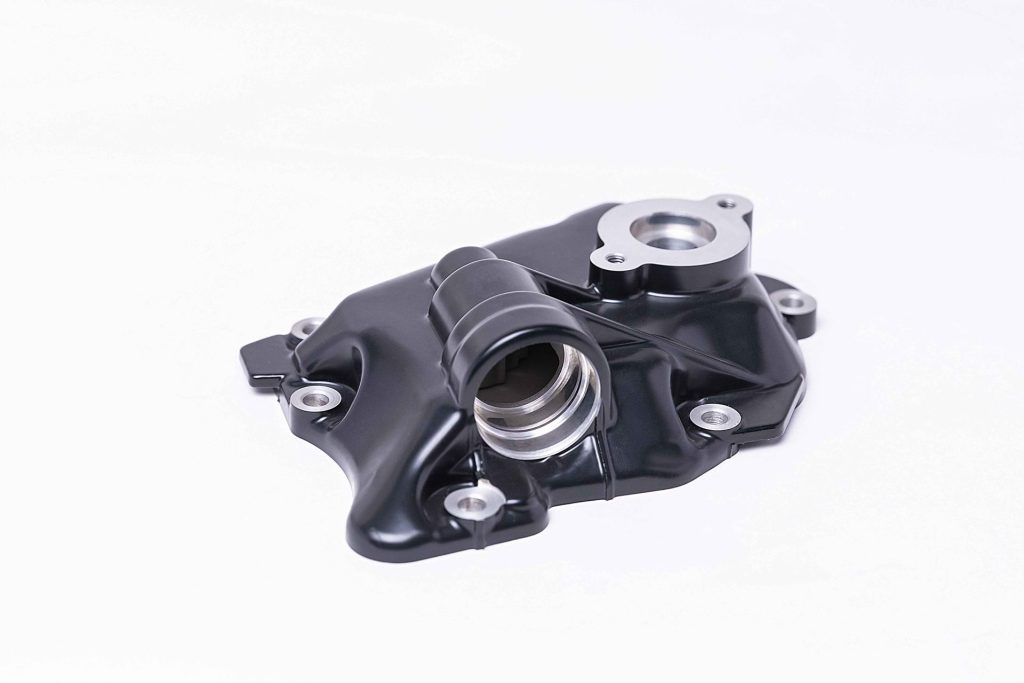
How Does CNC Milling Reduce Labor Costs?
CNC milling plays a crucial role in reducing labor costs in manufacturing by automating the machining process and eliminating the need for manual intervention. Businesses can save a lot of money with this automation because it has several advantages. Here’s a detailed explanation of how CNC milling reduces labor costs:
- Minimized Operator Requirements: Minimal operator intervention is necessary as CNC milling machines function independently. With CNC milling, fewer operators are needed than with traditional manual machining techniques, which require qualified machinists at every stage of the procedure. Lower labor costs are a direct result of this decrease in labor requirements.
- Reduced Human Error: The potential for human error, which is a primary source of scrap and rework in manual machining, is eliminated by automation. Businesses can save money on labor and materials by using CNC milling, which guarantees accurate and consistent cutting operations and lowers scrap rates and the need for expensive rework.
- Increased Productivity: CNC milling machines have the ability to run nonstop for prolonged periods of time, increasing productivity and decreasing downtime. Businesses can now produce more parts with fewer operators thanks to this increased productivity, which dramatically lowers labor costs per unit of output.
- Reduced Training Costs: Compared to traditional machining techniques, CNC milling machines require operators to have less extensive training. Process automation lowers the cost of onboarding and training new employees by streamlining operations and reducing the need for specialized skills.
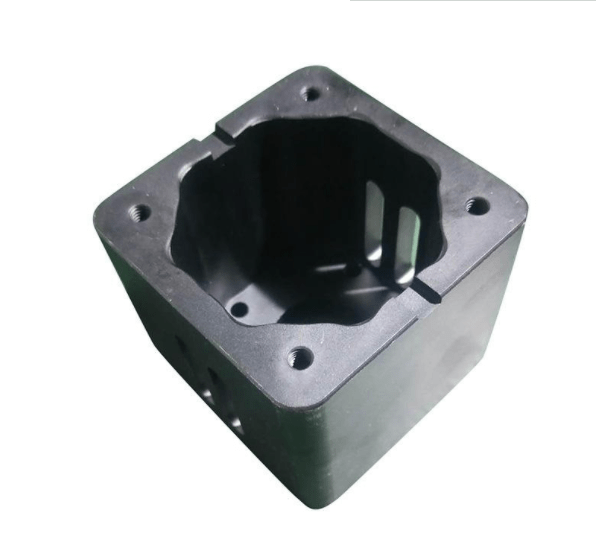
Conclusion
It is essential for companies that produce goods and parts to comprehend how CNC milling lowers manufacturing costs. It offers insightful information on how to use CNC milling technology and how it might affect overall manufacturing costs. Businesses can investigate cost-optimization techniques, decide whether to implement CNC milling, and ultimately increase profitability by understanding these advantages of CNC milling. A professional manufacturer dedicated to providing excellent mass manufacturing and quick prototyping is Chongqing Jin Te Rui Machine Co., Ltd. Our superior manufacturing solutions allow us to quickly realize your design in a few short hours. If you want more information, please contact us.


